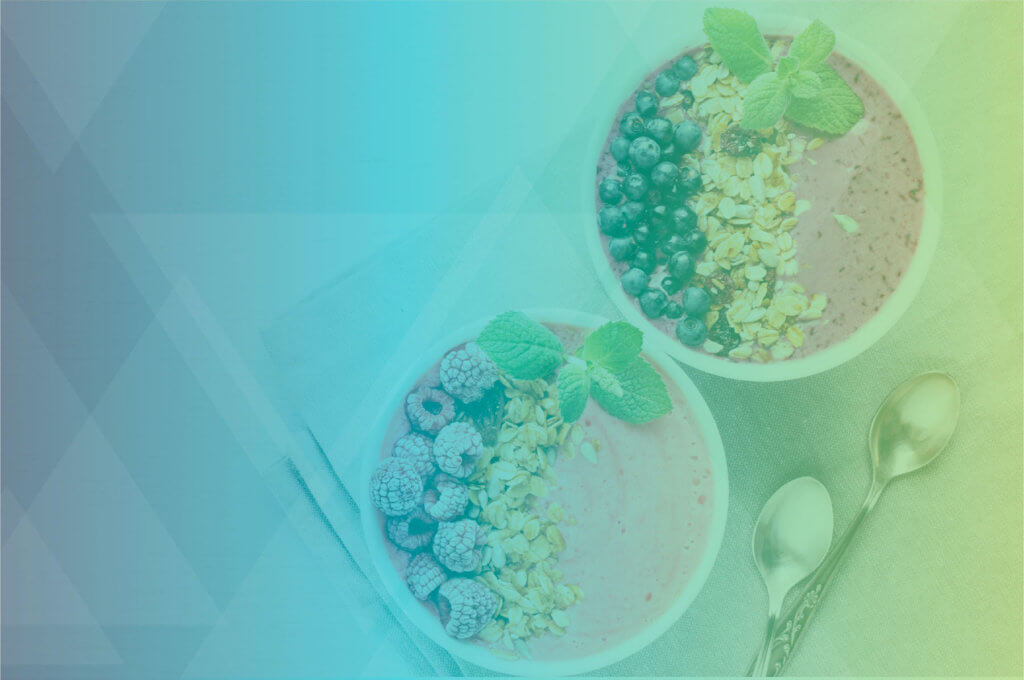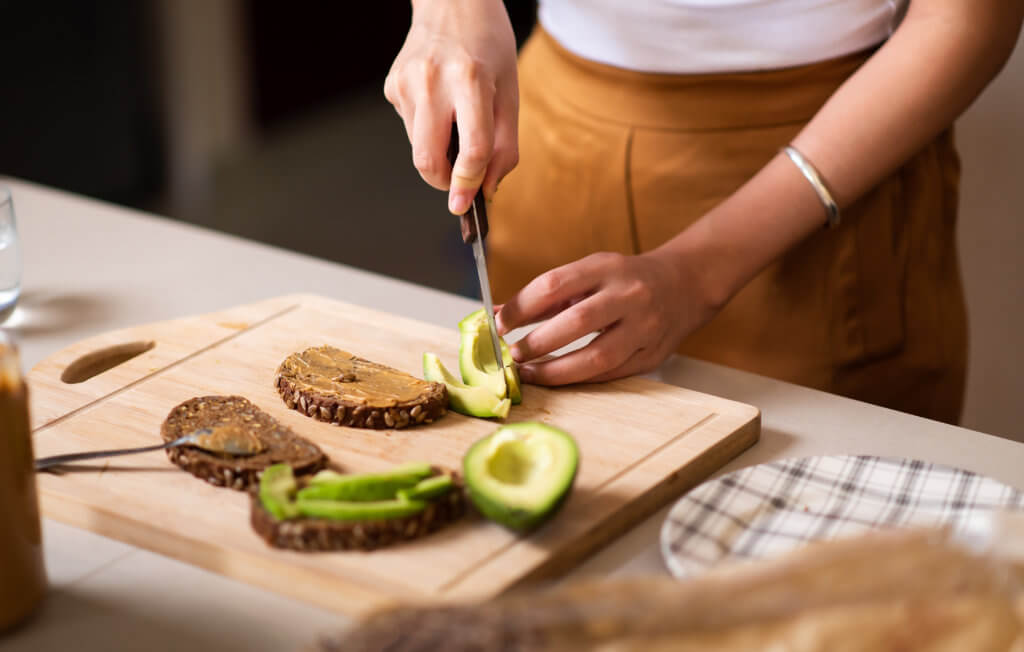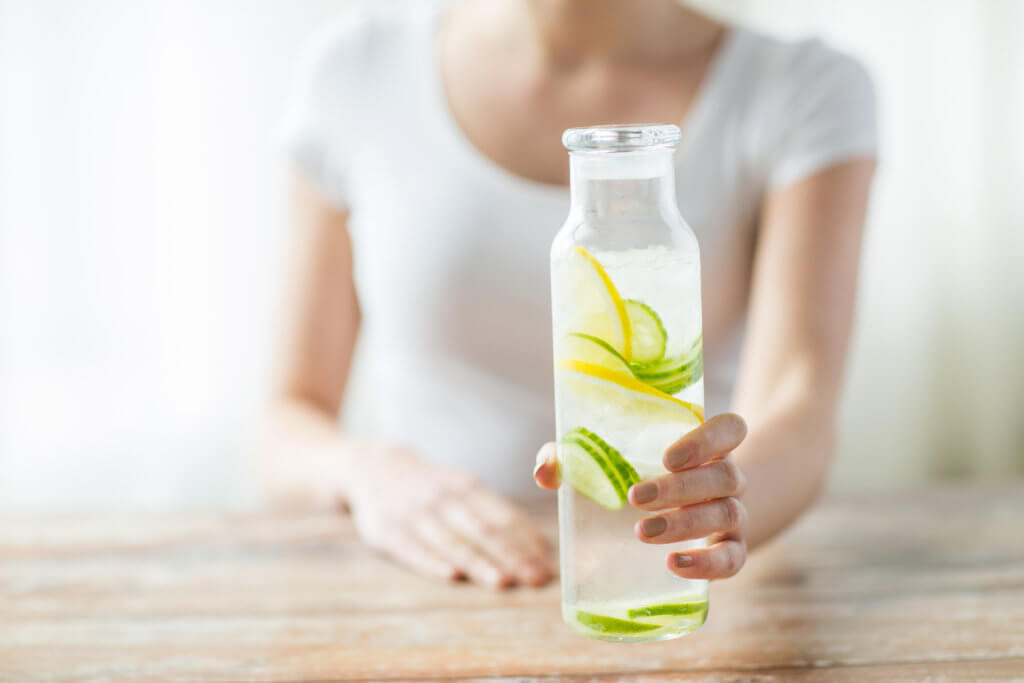[vc_row][vc_column][vc_row_inner][vc_column_inner][vc_column_text]
5 Takeaways from Nutrition 101
[/vc_column_text][/vc_column_inner][/vc_row_inner][vc_column_text]
Registered Dietitian, Addie Claire Jones joined us on our recent Pivot Pop-Up to talk all things nutrition. She gave us tons of helpful information on Macro and Micronutrients, weight loss, what to eat pre and post-workout, smart snacking, treat meals, and much more. Check out the On-Demand webinar here.
We’ve summarized our Top 5 Takeaways below.
1- The Basics: Micro and Macronutrients
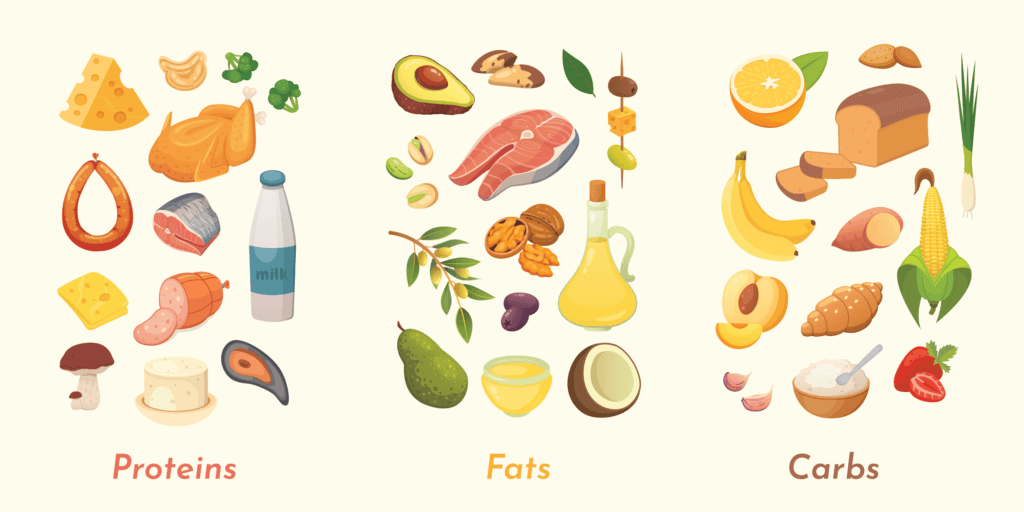
Both macro and micronutrients are in every food we eat, the difference is, macronutrients have calories, micronutrients don’t. The categories of macronutrients are protein, carbs, fat, and alcohol. Micronutrients are the vitamins and minerals in our foods, like vitamin A, folate, and zinc. The goal of healthy eating is to consume very nutrient-dense foods, in other words, foods with a good balance of macro and micronutrients.
Often, Registered Dietitians help their clients learn to balance macronutrients in order to maintain lean body mass. To do this, knowing the caloric weight of each macronutrient helps us determine how much of each food we should be eating. Fat heavy foods as an example, are more calorically dense. Less fatty foods with more protein are going to be less calorically dense.
Here is how it breaks down: Protein = 4 cal/gram, Carbs = 4 cal/gram, Fat = 9 cal/gram, Alcohol = 7 cal/gram.
It’s important to note that food labels can be misleading. Counting calories on food labels can also be restrictive and sometimes not all that productive. Rather than relying on calorie count, Addie Claire recommends that you instead pay attention to the ingredient list on food labels and use caloric density as a guideline for a well-rounded diet. Concentrate on the nutritional value of each food, based on its macro and micronutrients (i.e. good fats vs fats with no nutritional value), rather than the number of calories.
2- Fueling Your Best Workout
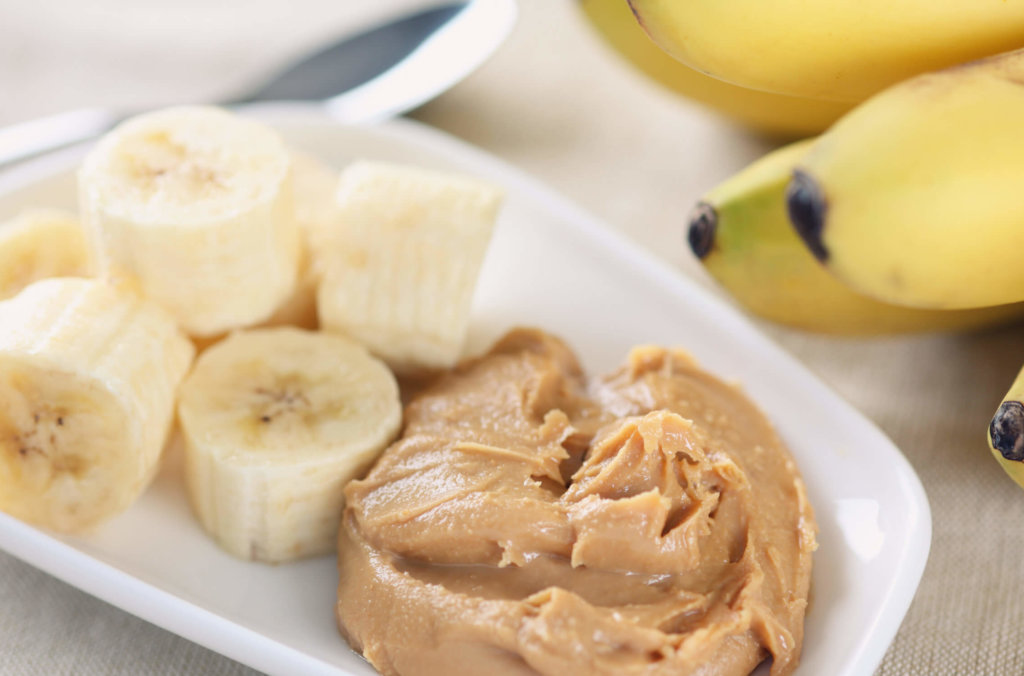
When you work out, you’re creating tiny little tears in your muscles that, with the proper fuel, help strengthen and grow them. A crucial part of building muscle is knowing how to fuel your body pre and post-workout. Pre-workout you’re fueling your body to get better performance, meaning you can run faster, lift heavier, and have more energy for longer. Post-workout fuel is all about recovery. Equally as important as having good performance, is repairing your muscles by replenishing them with nutrients. Examples of good pre-workout snacks are bananas and apples with nut butter, a rice cake with nut butter, trail mix, etc; you want something light and burnable. Examples of good post-workout snacks are protein shakes, smoothies, cottage cheese and fruit, a handful of nuts and string cheese, etc. You need protein after workouts to replenish your muscles.

Guideline: Pre-workout 30-60 grams of carbs, limiting fiber and fat. After exercise 20-40 grams of protein with carbohydrates.
3- Smart Snacking
Snacking helps keep your energy levels consistent throughout the day and avoid post-meal crashes. Snacks should not be used to address hunger, those are your meals, but rather to prevent it. Mid-morning or mid-afternoon slumps are often caused by low blood sugar, and the best way to keep it steady is to snack on a combination of fiber and protein. For example, if lunch is around noon, a snack at 3 pm will keep your energy levels up and your hunger hormones at bay; this also helps you avoid overeating at dinner. You can get creative with your snacks! Some people prefer sweet vs savory or a combination of both. Some people prefer hot and cold items. Whether it’s veggies and dip, granola, a smoothie, protein bar, or nachos, your goal is fiber and protein together.
4- Hydration, Hydration, Hydration
Staying hydrated is perhaps the most important element to keeping your body running optimally. An easy hydration goal is to consume ½ your body weight in ounces of water per day. This doesn’t have to be an all or nothing goal, if you’re not drinking much water throughout your day, ease into this goal so you’re not running to the restroom every 5 minutes. Start with 1 full water bottle a day in combination with the other liquids you consume, and ease into drinking 3 or 4. Having a water bottle with you all day is an easy reminder to hydrate. If plain water isn’t your thing, try packets of electrolytes, like LiquidIV or another brand, they add a little flavor and pack a punch of hydration. In the summer, it’s fun to infuse pitchers of water with fruit or add a couple of tablespoons of fruit juice to your water. Infused Iced tea is another summer idea to add some extra nutrients to your water.
5 – Finding Balance
It’s all about balance. The major problem with many diet fads out there is that they’re almost impossible for people to maintain long term. While some of them are very effective short term, drastic lifestyle changes and going “cold turkey” doesn’t typically last. Rather than relying on extreme fads, try adopting a nutrition guideline that works for your lifestyle as you ease into healthier eating. For example, if you’re having drive-thru meals every night of the week, order smartly for 5 of them, and order whatever you’d like for the other two. Rather than ordering a burger and fries for all 7, maybe you have a grilled chicken or turkey sandwich with a side salad or fruit cup on weekdays, saving the treat meals for the weekend. Try to ease into cooking healthy meals at home a few nights a week – if you’d like fun and healthy recipes to try, check out our blog page for ideas.
If you’d like to schedule an appointment with Addie Claire, please email her at ac@compositiondietitian.com
[/vc_column_text][/vc_column][/vc_row]

